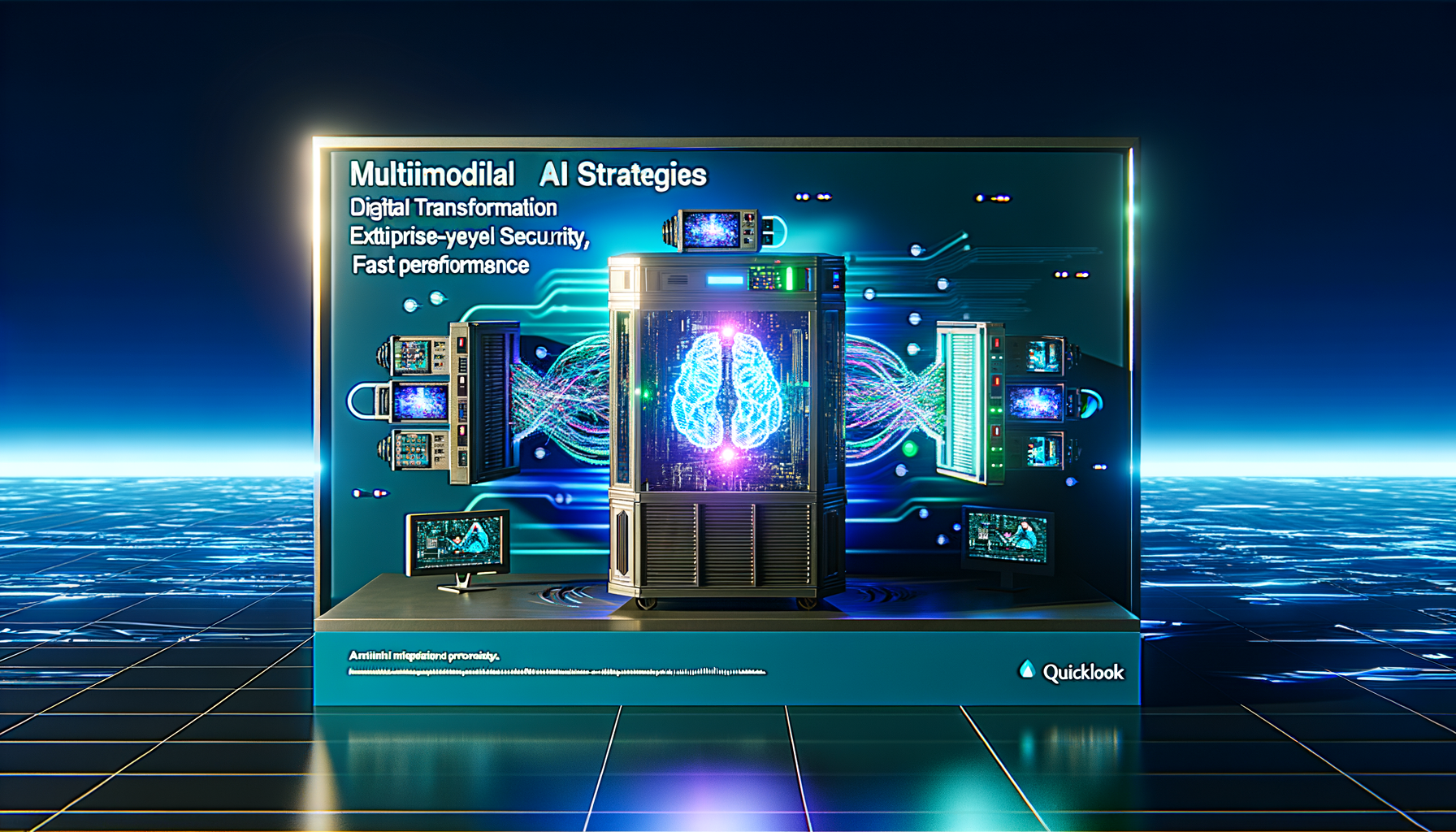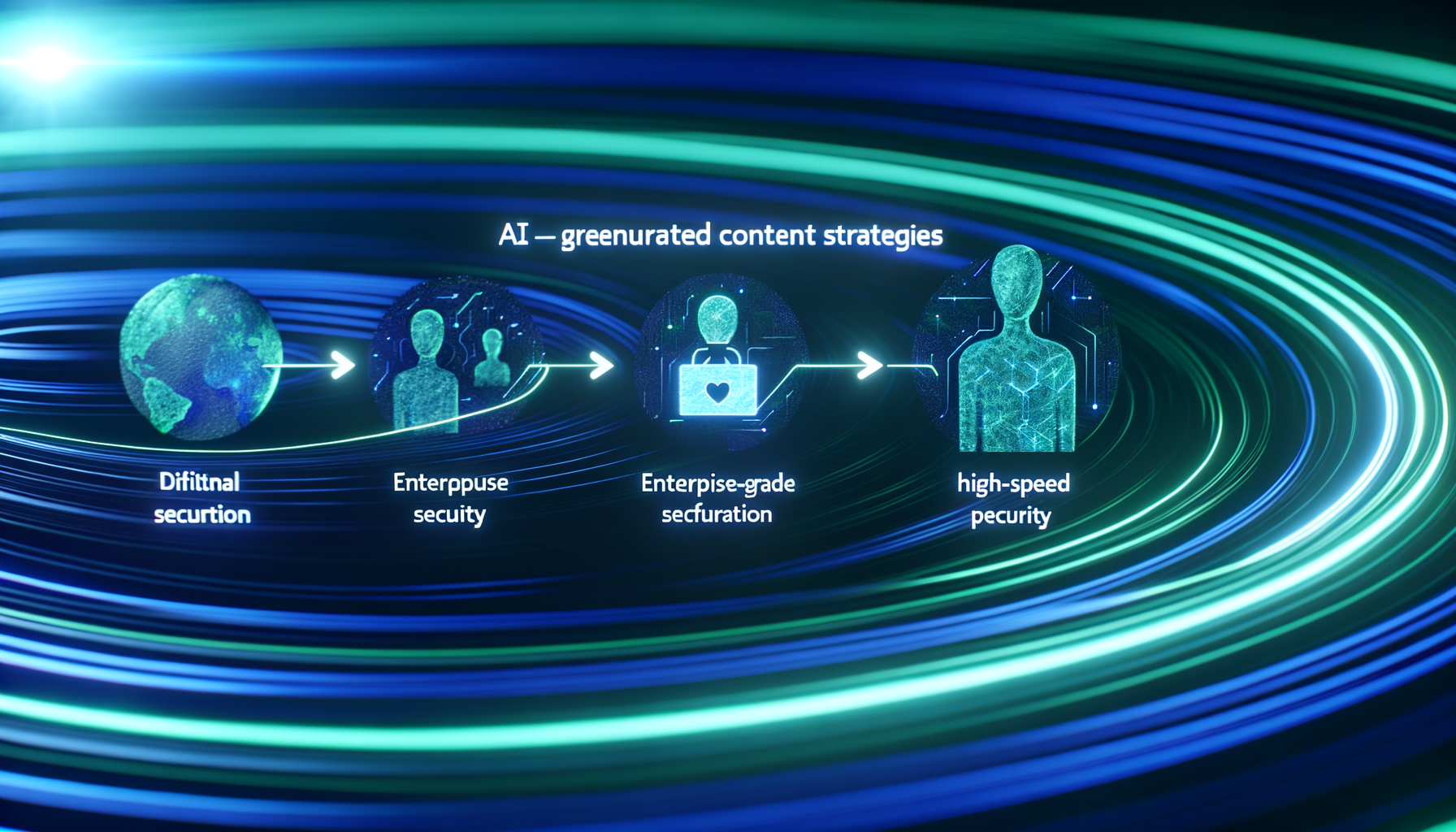In 2025, AI-generated content isn't just a trend—it's a transformative force reshaping digital marketing landscapes. According to a 2023 report by Gartner, 70% of organizations leveraging AI in their content strategies report significant improvements in engagement metrics. So, how do you harness this power without tripping over common pitfalls? This guide will explore practical strategies for implementing AI-generated content, ensuring you stay ahead of the curve.
Understanding AI-Generated Content

Tech team analyzing AI-generated content on a digital board.
AI-generated content refers to text, images, videos, or audio content created by artificial intelligence. These technologies can analyze vast datasets to produce content that aligns with user behavior and engagement patterns.
By 2025, businesses that effectively integrate AI-driven strategies will likely see a 25% increase in content efficiency, according to Forrester. The key is understanding the capabilities and limitations of AI tools to ensure optimal results.
Quicklook’s AI content solutions adapt to your organization's needs, providing scalable, efficient, and personalized content strategies.
CALLOUT
Tip: Use AI tools to identify high-performing content topics by analyzing engagement metrics.
Integrating AI into Marketing Workflows

Marketing team integrating AI into their workflow on a digital platform.
Integrating AI into your existing marketing workflow requires a strategic approach. Begin by mapping out your current processes and pinpointing areas where AI can offer the most value, such as content creation, personalization, and scheduling.
Automated blog writing tools, like those offered by Quicklook, allow for seamless content updates, ensuring that your material remains fresh and relevant.
To optimize integration, train your team on AI tools and establish clear guidelines to maintain consistency and quality across all content.
LIST
- •Identify content gaps
- •Implement AI tools
- •Train your team on AI use
Leveraging Multimodal AI for Engagement

Illustration of multimodal AI processing different media types.
Multimodal AI combines text, image, video, and audio capabilities to create rich, interactive content experiences. This approach significantly enhances user engagement by offering diverse content formats.
For instance, a recent study by Adobe found that multimodal content increases user retention by 30%. Incorporating these elements into your strategy can help capture a broader audience.
Quicklook's expertise in AI integration allows businesses to deploy these technologies effectively, maximizing both reach and impact.
QUOTE
Multimodal AI is the future of content engagement, driving richer, more interactive user experiences.
Ethical Considerations in AI Content

Diagram showing ethical AI content creation steps.
As AI-generated content becomes more prevalent, ethical considerations are paramount. Ensuring accuracy, avoiding bias, and maintaining transparency with your audience are critical elements.
A 2023 survey by PwC highlighted that 60% of consumers trust brands more when they know AI-generated content is clearly labeled.
Quicklook prioritizes ethical AI practices, helping businesses navigate these challenges while maintaining integrity and trust.
CALLOUT
Ensure all AI-generated content is clearly labeled to foster trust and transparency.
Frequently Asked Questions
QHow can businesses effectively implement AI-driven content personalization strategies in 2025?
QWhat are the best practices for integrating AI-generated content into existing marketing workflows?
QHow does multimodal AI enhance content creation and user engagement?
Conclusion
AI-generated content is revolutionizing how businesses engage with their audience, offering scalable and personalized strategies.
Future Vision
As AI continues to evolve, those who integrate it effectively will lead the way in digital transformation.
Schedule your AI audit with Quicklook.
